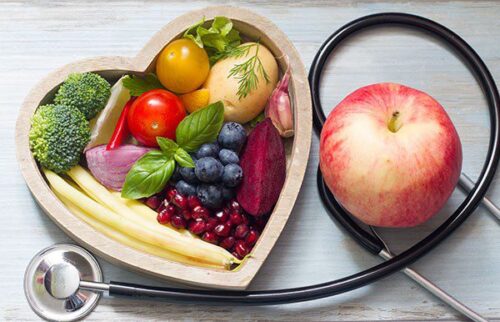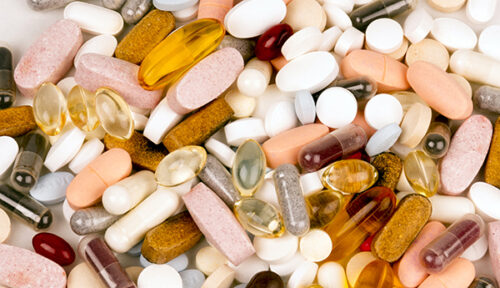Do You Know How Many Calories Are in the Food You Eat?
By Jeff Novick, MS, RDN
Most people, even those who are professionals in the industry, have no clue. Why is That?
It turns out that when we eat and drink, everything from the size and color of the plate or cup, to the package design, to the immediate environment, to the calorie density of the food, etc., influences how much we consume.
To prove this point, researchers decided to test the idea to see how accurately people can estimate the calories in different foods and beverages. The researchers asked almost 300 people to estimate how much liquid was in a range of cups, starting from 12 ounces all the way up to a 50-ounce “Double Gulp.” 1
The subjects consistently guessed wrong, especially in the larger sized cups. They assumed the larger cups held about 20 percent to 40 percent less liquid than they actually did. Professor Chandon, director of the INSEAD Social Science Research Center in Paris said: “We tend to underestimate the increase in the size of any object. When you double the size of something, it really looks just 50 to 70 percent bigger, not twice as big.”
This is especially important to know as most foods and beverages have been super-sized in the last 25 years.
This is not new information though. Many other studies using all kinds of food and beverages have also shown that it’s very difficult for people to accurately know how many calories they are consuming.
Back in 1992, a study published in the New England Journal of Medicine titled, Discrepancy between Self-Reported and Actual Caloric Intake and Exercise in Obese Subjects, concluded: “The data demonstrated that these subjects reported good compliance with their diet and activity program but under-reported their actual energy intake by 47% and over-reported their actual physical activity by 51%.” 2
In a 2013 study of over 3,000 diners at six fast-food restaurant chains across four diverse New England cities, the researchers found that all subjects, including adults, adolescents, and parents of school-age children generally underestimated the calories of meals. 3
More recently, a 2020 study found that the higher the actual calories in a food, the more likely consumers were to underestimate the calories. All of the items that were over 500 calories had underestimates that averaged 30% below the actual calories. 4
The same is true even among food experts.
In one study, over 200 dietitians were asked to estimate the calories and fat content in several fast-foods or meals. Each meal represented the average of takeout portions purchased at 9 to 10 restaurants in several cities. The dietitians underestimated the calorie content of the foods by 220-680 calories, and they underestimated the fat content by 18 to 57 grams. The researchers concluded, “even-well educated nutrition-professionals consistently and substantially underestimate the calorie and fat content of restaurant meals. The results suggest that consumers have little chance of accurately assessing the impact of restaurant foods on their diets.”5
Considering how often people eat out these days, these are significant errors that can easily add up to excess weight over time.
So, with approximately 70% of Americans overweight or obese, what can we do to help manage our weight?
It is extremely difficult to count calories. This is not our fault as the tools and methods we have are just highly inaccurate. Trying harder to measure both calories in and calories out will not work as the fault is not in the effort we are applying, but in the accuracy of the tools and systems we have available. The process is like, as that old expression goes, trying to nail Jell-O to the wall, so trying harder isn’t really going to help.
The simple and easiest solution is to learn and understand the principles of calorie density. Once you do, you will never have to count calories or weigh, measure or portion food again. Check out the article,“The Calorie Density Approach to Nutrition and Lifelong Weight Management” to learn more about calorie density and how to apply it.
References:
1) Labeling, Packaging and Other Eating Enticements. INSEAD Knowledge 2012
4) Mixon, H., Davis, M. E. Thinking About Food: An Analysis of Calorie Estimation Accuracy. Journal of Integrated Social Sciences. 2020; 1(1): 102-125.
Recommended Articles

Three Essential Keys To a Healthy Diet

Mary's Mini-McDougall Diet® - An Overview







